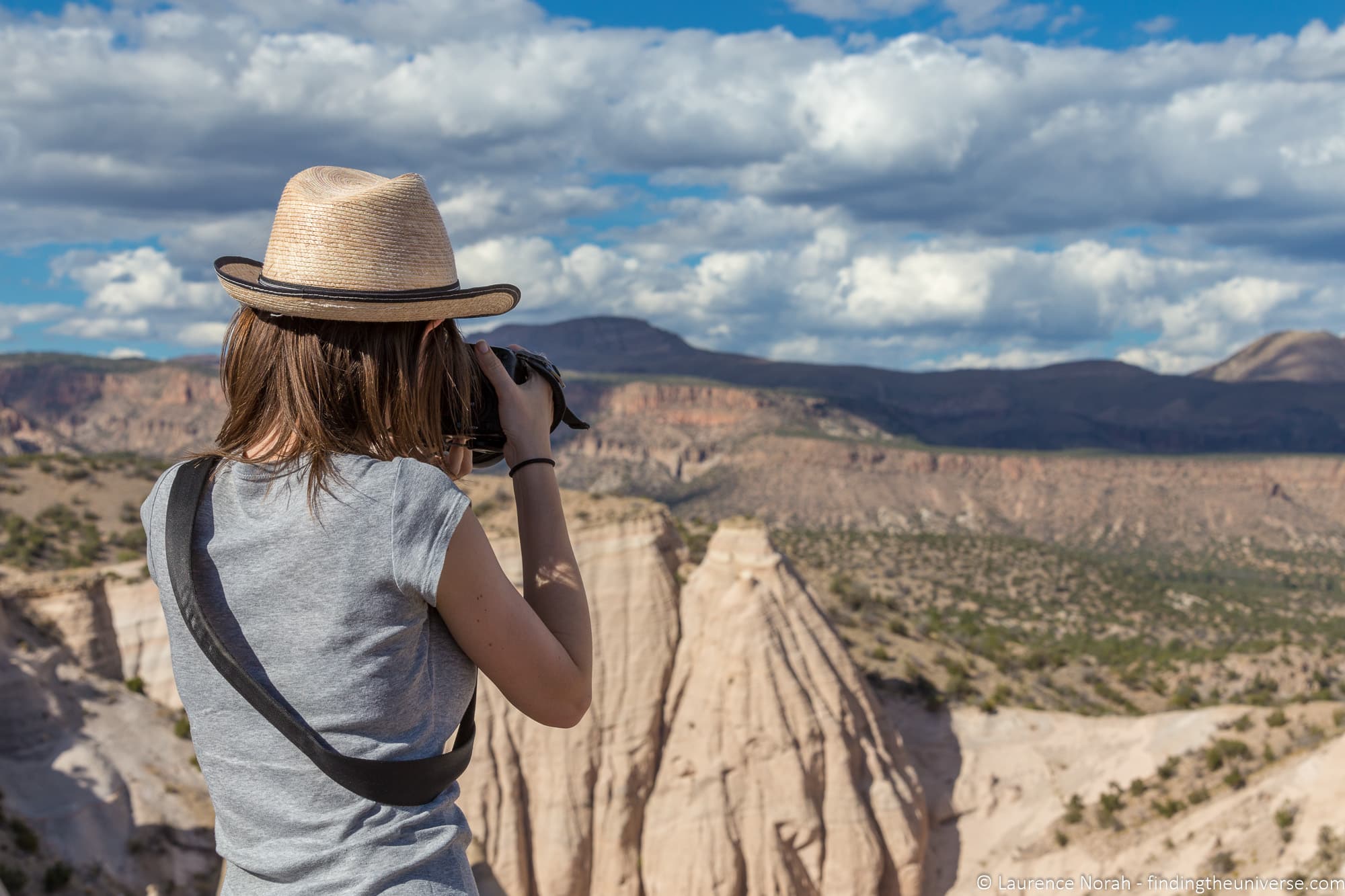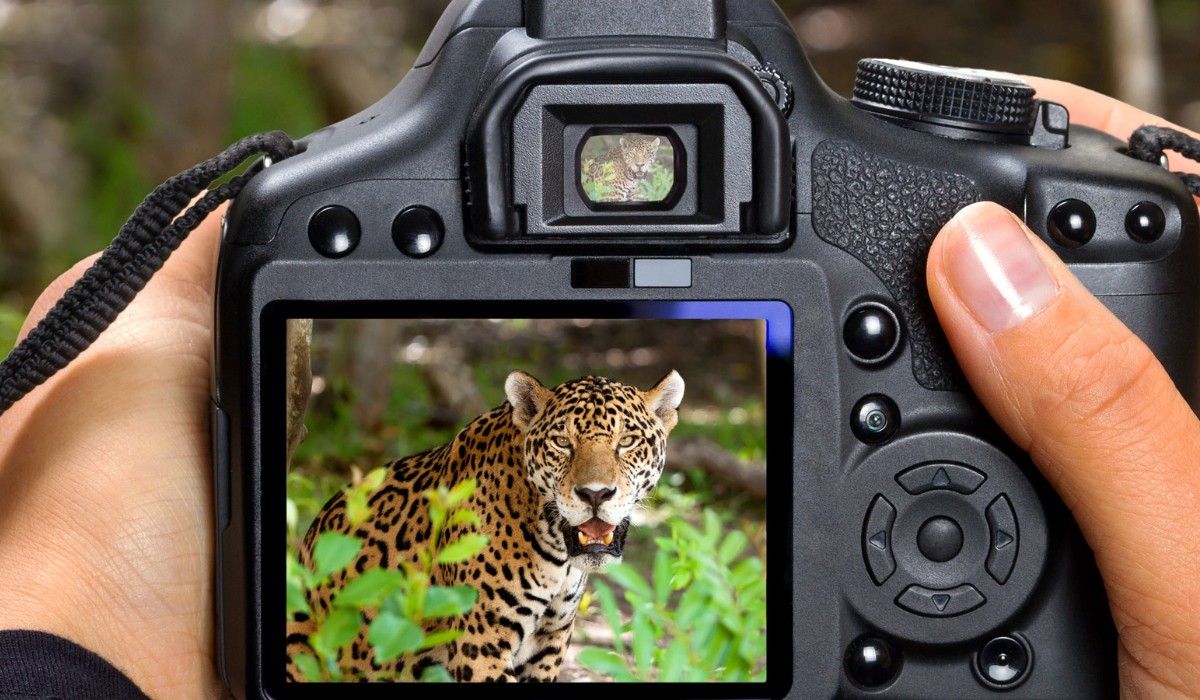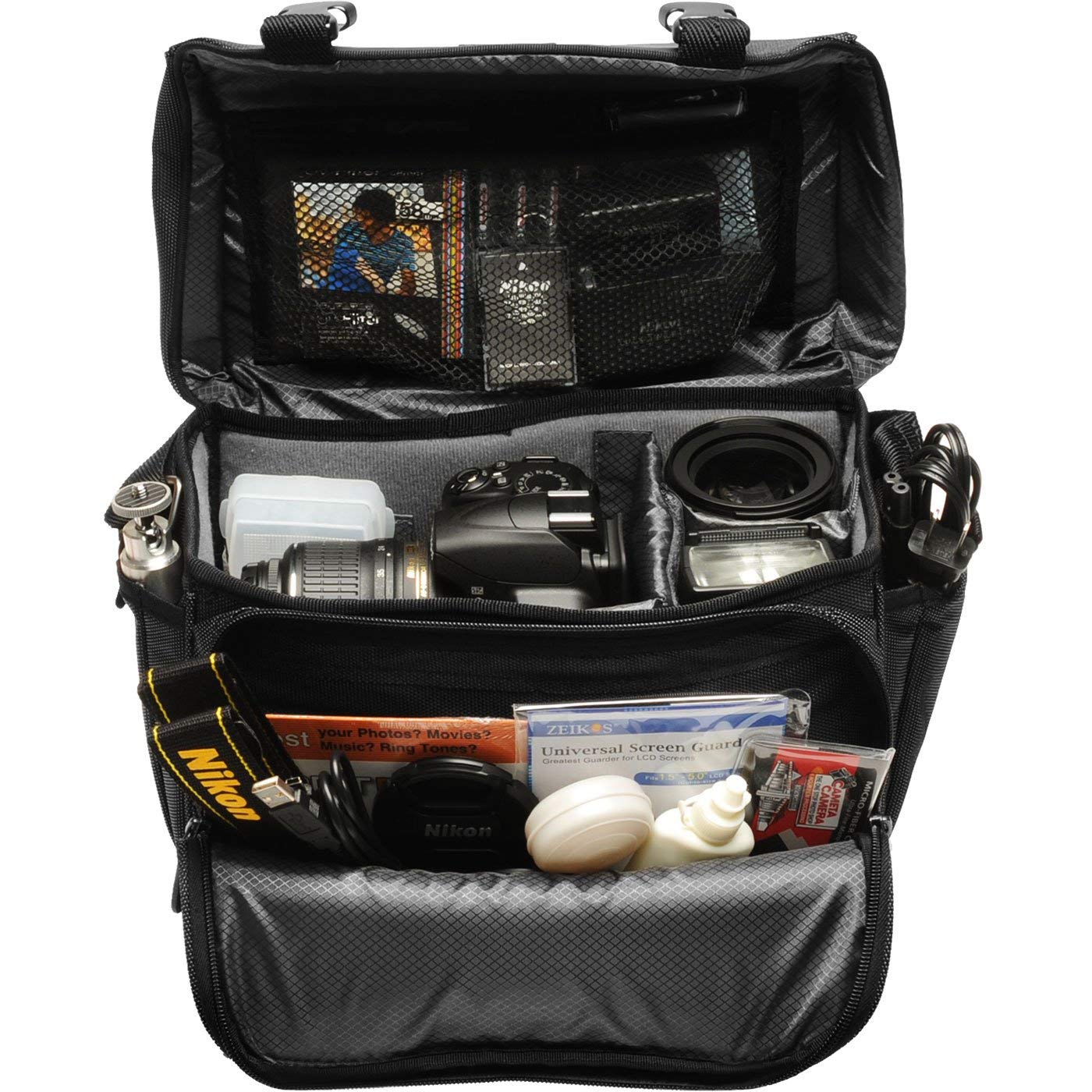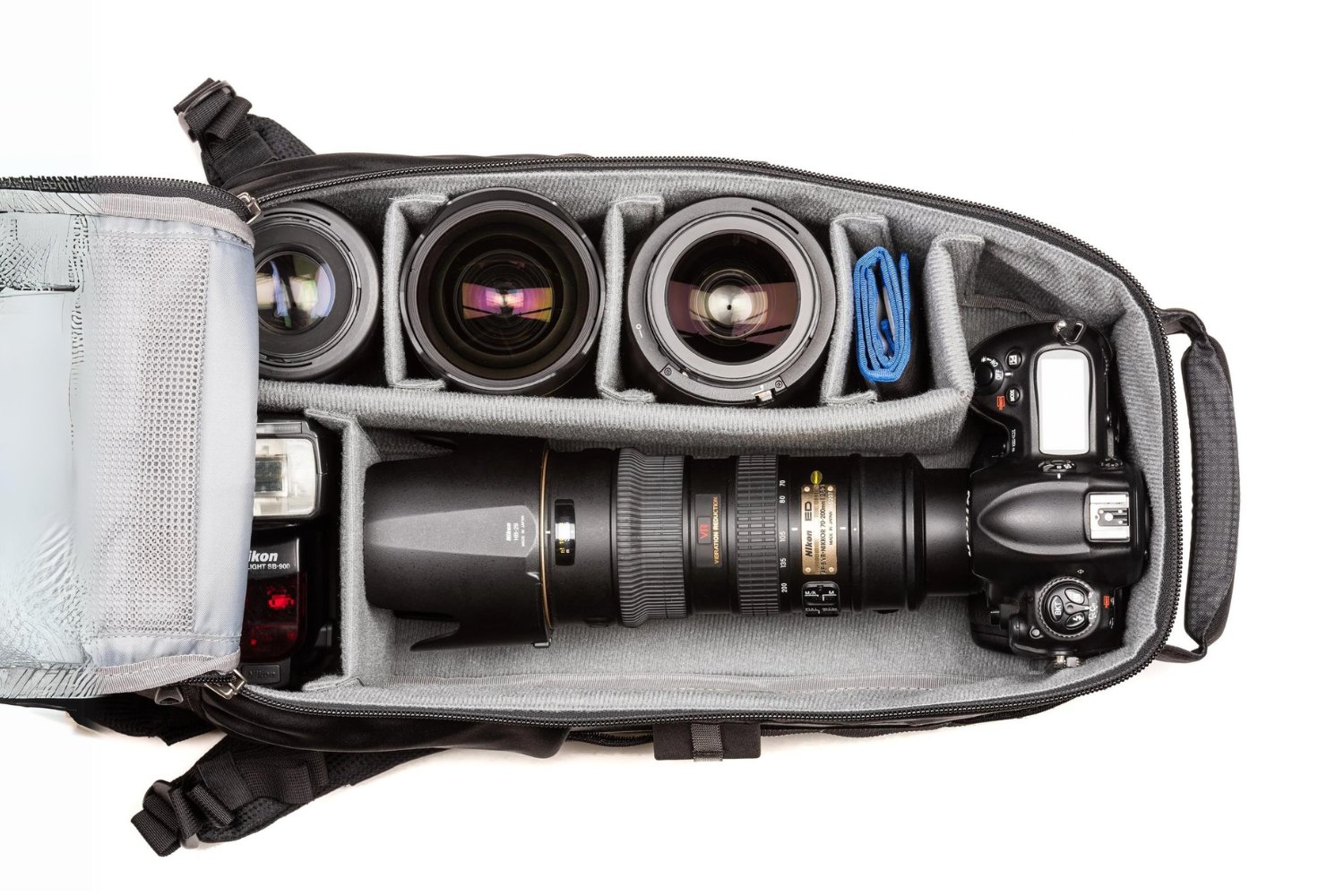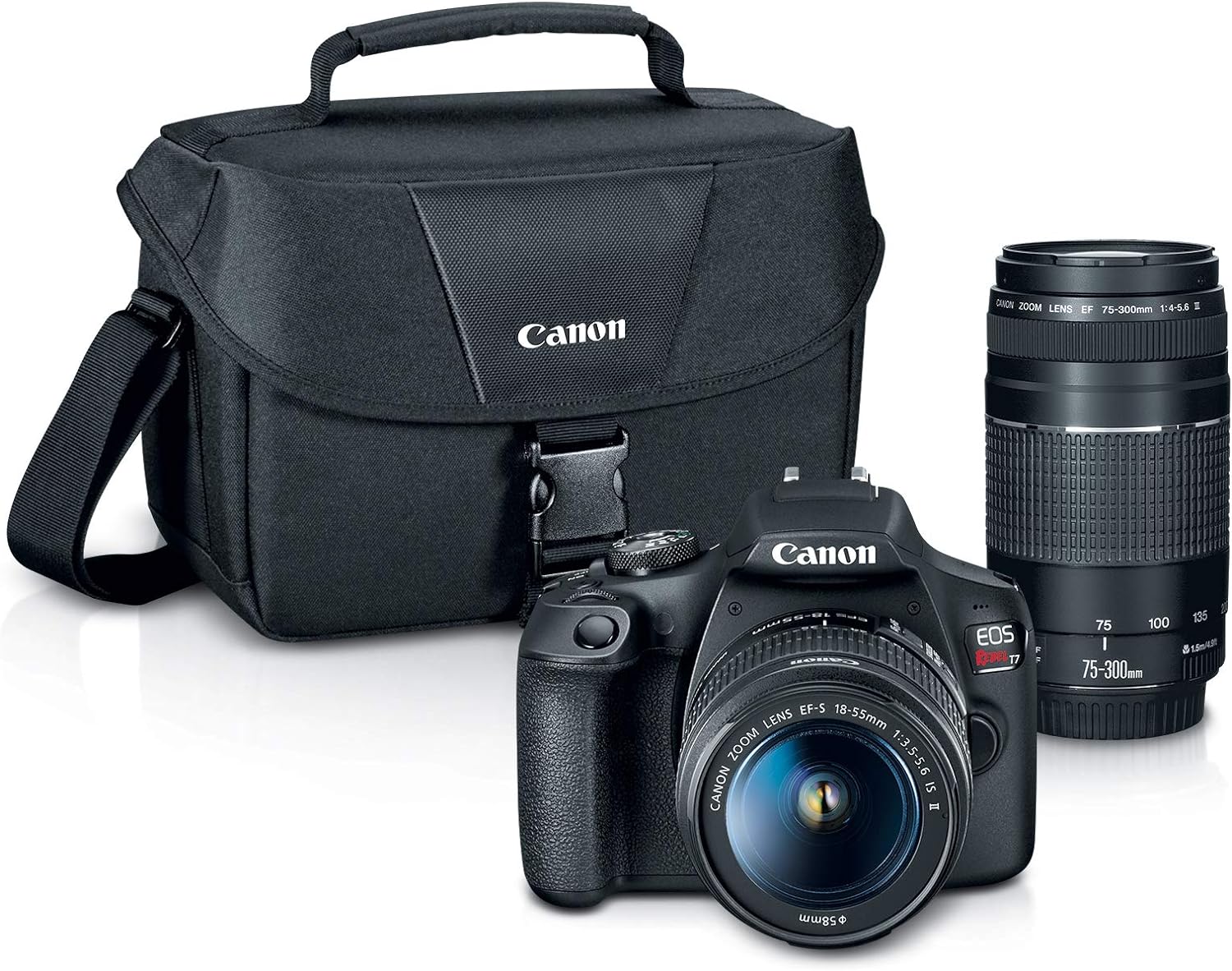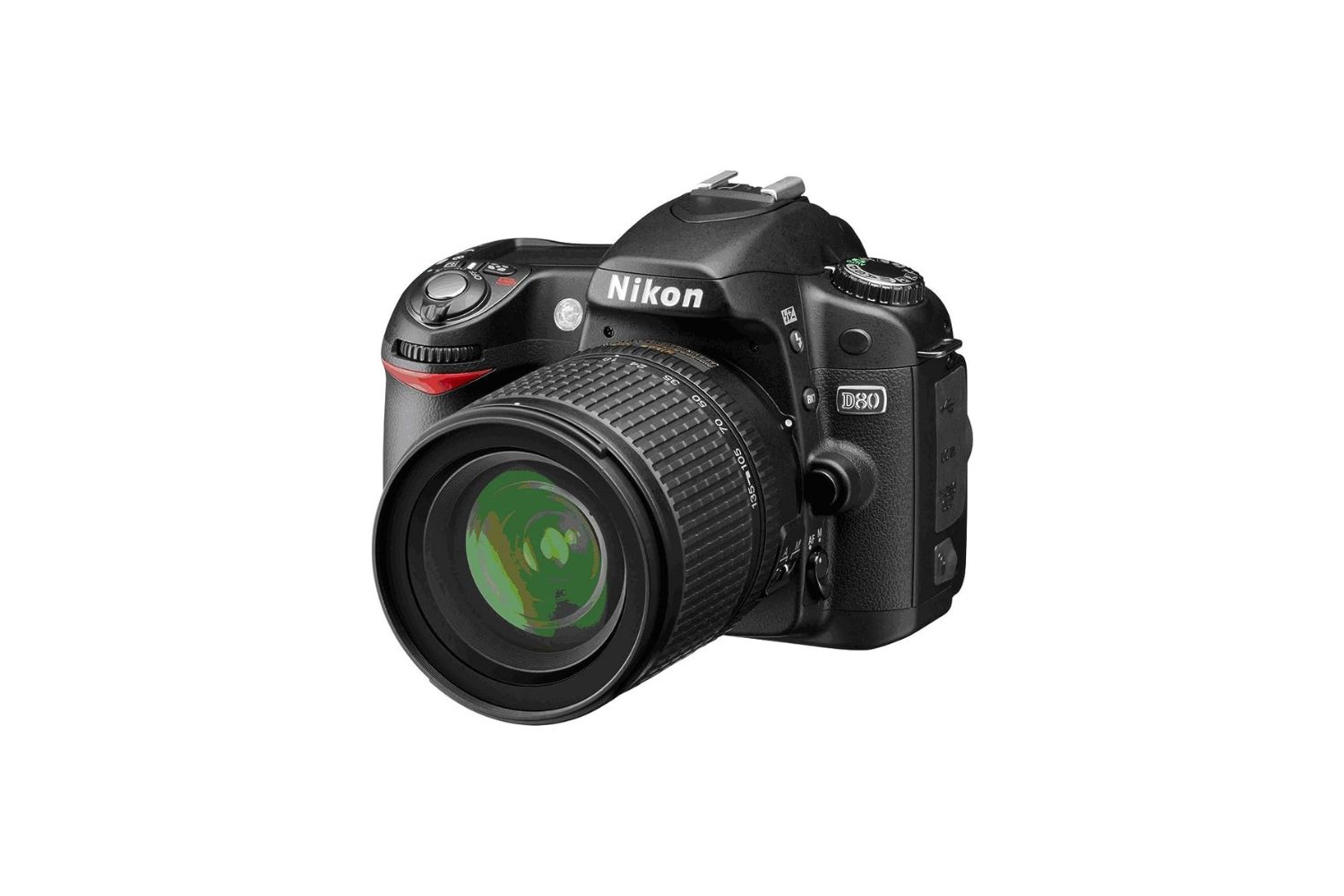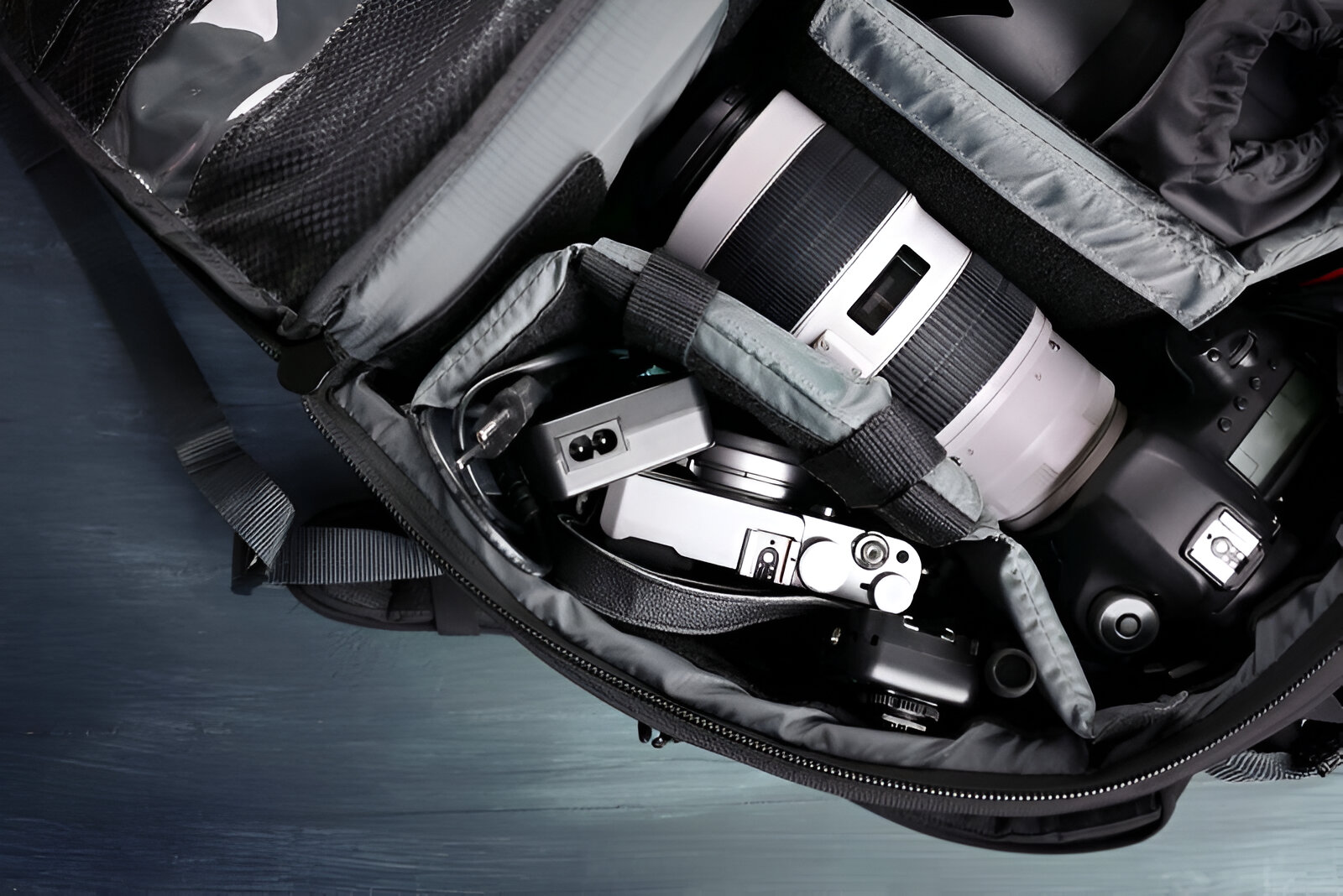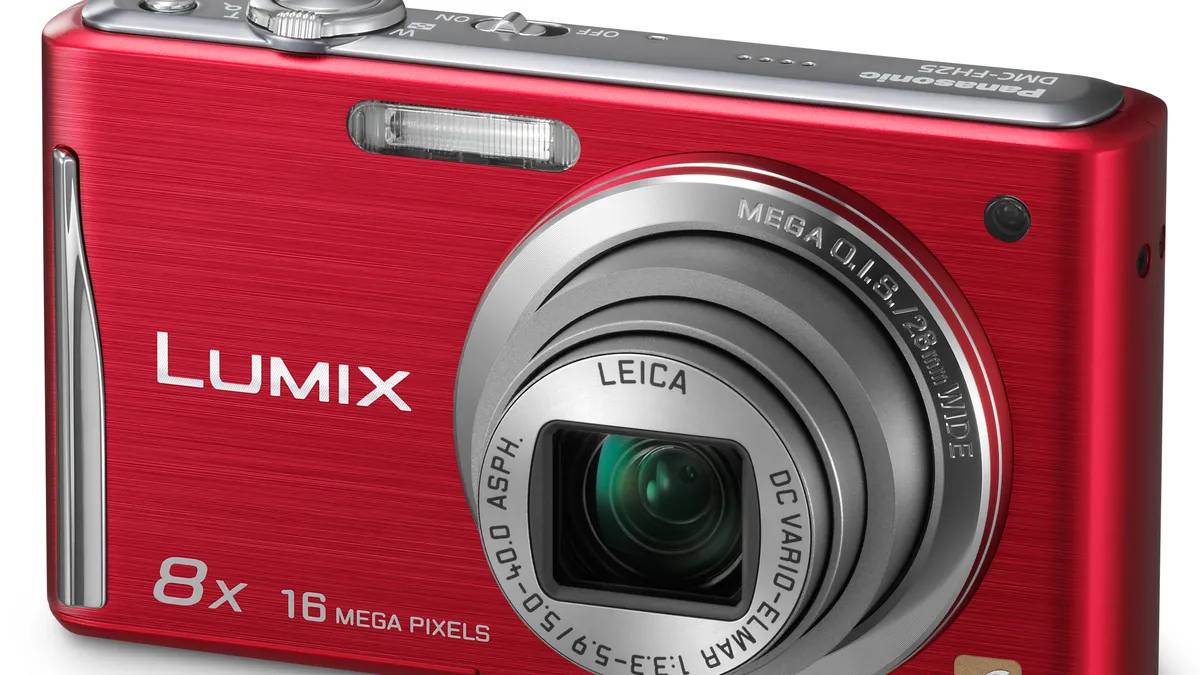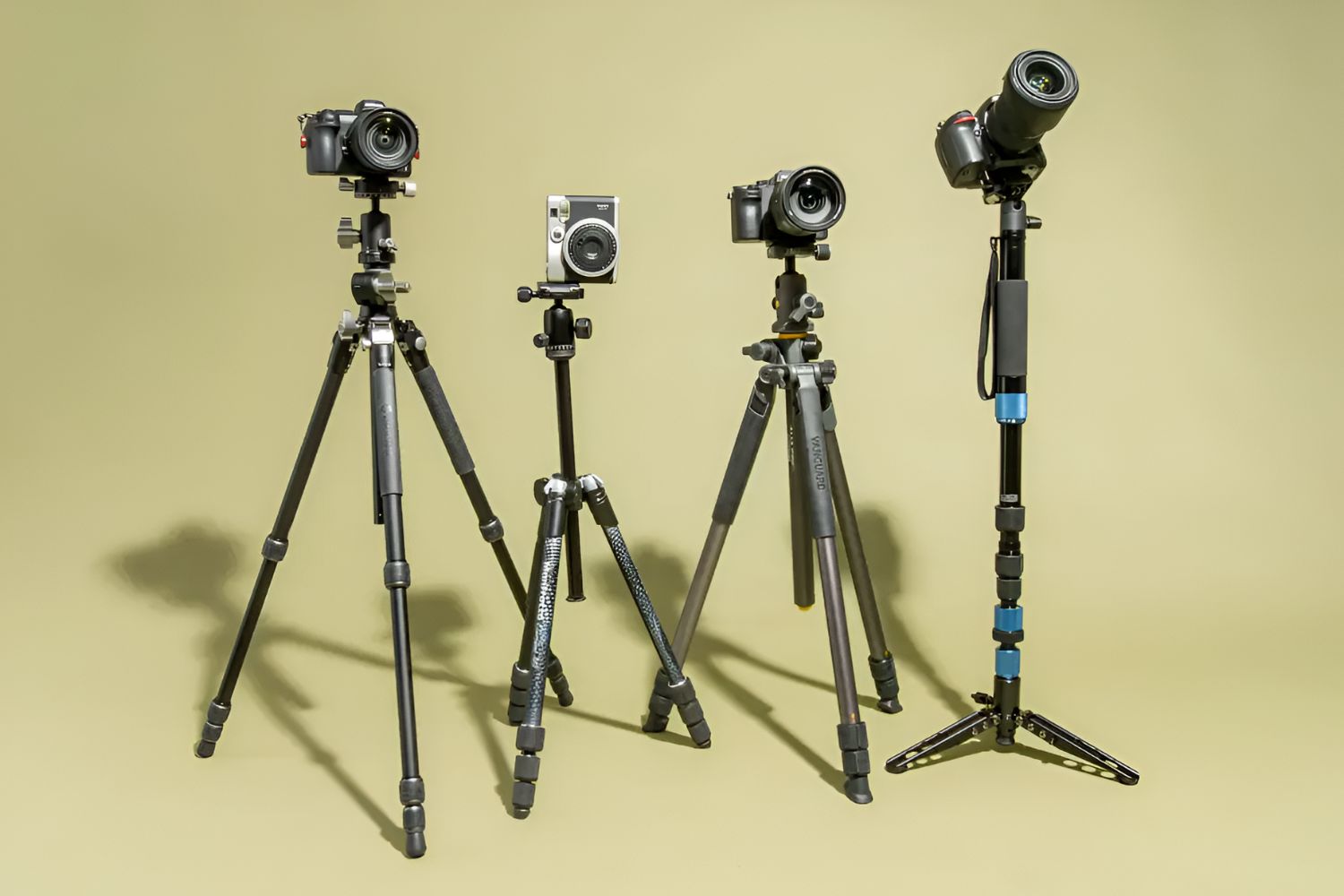Choosing the Right Camera Bag
Choosing the Right Camera Bag
When embarking on a journey with your DSLR camera, selecting the appropriate camera bag is crucial. The right bag not only ensures the safety of your equipment but also provides convenience and accessibility during your travels.
Before investing in a camera bag, consider the following factors to make an informed decision:
1. Size and Capacity
Your camera bag should comfortably accommodate your DSLR camera body, lenses, batteries, memory cards, and any additional accessories. Opt for a bag with adjustable compartments to customize the interior layout according to your gear.
2. Comfort and Mobility
Since you'll be carrying your camera bag for extended periods, prioritize comfort and mobility. Look for padded shoulder straps, back support, and a waist belt to distribute the weight evenly. Additionally, consider the bag's overall weight and its impact on your mobility while exploring new destinations.
3. Durability and Weather Resistance
Travel exposes your camera gear to various environmental conditions. Choose a bag constructed from durable, weather-resistant materials to safeguard your equipment from unexpected rain showers or dusty environments.
4. Security Features
Ensure that the camera bag provides adequate security for your valuable gear. Look for features such as lockable zippers, reinforced stitching, and even anti-theft technology for added peace of mind.
5. Versatility
A versatile camera bag can serve multiple purposes beyond housing your DSLR. Consider a bag that offers additional compartments for personal items, such as a water bottle, snacks, or a small tablet, streamlining your travel essentials into a single, convenient carry-all.
By carefully evaluating these factors, you can select a camera bag that not only protects your DSLR camera but also complements your travel style, providing a seamless and secure experience throughout your journey.
Packing Your Camera Gear
Packing Your Camera Gear
Efficiently packing your camera gear is essential for ensuring the safety and accessibility of your equipment during travel. Consider the following tips to streamline your packing process and protect your DSLR camera and accessories:
1. Organize Your Gear
Prior to packing, organize your camera gear by categorizing and prioritizing essential items. Arrange your DSLR body, lenses, batteries, and memory cards neatly to facilitate easy access and minimize the risk of damage during transit.
2. Utilize Protective Cases and Pouches
Invest in protective cases and pouches designed specifically for camera equipment. These accessories offer an extra layer of protection against impact, moisture, and dust, safeguarding your gear from potential hazards encountered during travel.
3. Secure Fragile Components
Fragile accessories such as filters, lens hoods, and delicate cables require special attention. Use padded dividers or wrap these items in microfiber cloths to prevent scratches and minimize the risk of breakage while in transit.
4. Consider a Portable Cleaning Kit
Carrying a compact cleaning kit comprising a lens brush, microfiber cloth, and a small air blower can help you maintain the cleanliness of your camera gear during your travels. Regular maintenance ensures optimal performance and extends the longevity of your equipment.
5. Distribute Weight Evenly
When packing your camera bag, distribute the weight evenly to prevent strain on the bag’s seams and your shoulders. Place heavier items at the bottom and lighter accessories at the top, maintaining a balanced distribution of weight for enhanced comfort and stability.
By implementing these packing strategies, you can safeguard your camera gear and streamline the process of accessing and utilizing your DSLR camera while exploring new destinations.
Protecting Your Camera from the Elements
Protecting Your Camera from the Elements
Traveling with a DSLR camera exposes it to various environmental elements that can potentially damage its sensitive components. To safeguard your camera from these hazards, consider the following measures:
1. Utilize Weather-Sealed Equipment
If you anticipate encountering adverse weather conditions during your travels, opt for weather-sealed camera bodies and lenses. These specialized components offer enhanced protection against moisture and dust, minimizing the risk of damage in challenging environments.
2. Carry a Waterproof Camera Cover
A waterproof camera cover provides an additional layer of defense against unexpected rain or water splashes. This simple yet effective accessory shields your camera from moisture, allowing you to continue capturing stunning images even in inclement weather.
3. Use Lens Hoods and Filters
Lens hoods and filters serve as protective barriers for your lenses, shielding them from direct sunlight, moisture, and accidental contact. Additionally, UV filters offer an extra layer of defense against scratches and dust, preserving the integrity of your valuable lenses.
4. Keep Silica Gel Packs Handy
Moisture can pose a significant threat to your camera gear, especially in humid climates. Stow silica gel packs in your camera bag to absorb excess moisture and maintain a dry environment for your equipment, reducing the risk of condensation and potential water damage.
5. Practice Caution in Extreme Conditions
When venturing into extreme environments such as deserts or snowy landscapes, exercise caution with your camera gear. Avoid sudden temperature changes, direct exposure to sunlight for prolonged periods, and contact with abrasive particles to preserve the functionality and longevity of your DSLR camera and accessories.
By implementing these protective measures, you can mitigate the impact of environmental elements on your DSLR camera, ensuring its resilience and reliability throughout your travels.
Tips for Carrying Your Camera While Traveling
Tips for Carrying Your Camera While Traveling
Effectively carrying your DSLR camera during travel is essential for both convenience and the safety of your equipment. Consider the following tips to ensure a comfortable and secure experience while exploring new destinations:
1. Utilize a Cross-Body Camera Strap
Opt for a cross-body camera strap to distribute the weight of your DSLR evenly across your shoulder and torso. This design offers enhanced stability and accessibility, allowing you to swiftly capture moments without the discomfort of a traditional neck strap.
2. Invest in a Lightweight Travel Tripod
A lightweight and compact travel tripod provides stability for capturing stunning long-exposure shots and self-portraits during your travels. Look for a tripod that complements your camera bag and offers quick setup, enhancing your photography opportunities without adding unnecessary bulk to your gear.
3. Consider a Sling-Style Camera Bag
A sling-style camera bag offers quick and convenient access to your DSLR camera while on the move. This design allows you to swing the bag to your front, effortlessly retrieve your camera, and capture spontaneous moments without the need to set the bag down, ensuring seamless photography experiences during your travels.
4. Employ a Hand Strap for Added Security
A hand strap provides additional security while carrying your DSLR camera, reducing the risk of accidental drops or theft. By securing your camera to your hand, you can navigate crowded spaces and bustling streets with confidence, knowing that your equipment remains within your grasp at all times.
5. Embrace Modular Carrying Solutions
Modular carrying solutions, such as belt-mounted camera holsters or clip-on attachment systems, offer versatile and customizable options for carrying your DSLR camera. These accessories provide quick access to your camera while keeping your hands free, allowing you to seamlessly integrate photography into your travel experiences.
By incorporating these tips into your travel preparations, you can optimize the comfort, accessibility, and security of carrying your DSLR camera, enabling you to capture memorable moments with ease and peace of mind.
Navigating Airport Security with Your DSLR
Navigating Airport Security with Your DSLR
Traversing airport security with your DSLR camera requires careful planning to ensure a smooth and hassle-free experience. Follow these guidelines to navigate security checkpoints with ease and safeguard your valuable camera gear:
1. Familiarize Yourself with Airline Policies
Prior to your journey, acquaint yourself with the specific policies and regulations of the airline and airport regarding the transportation of camera equipment. Understanding the guidelines for carry-on and checked baggage allowances, as well as any restrictions on lithium batteries or electronic devices, can help you prepare accordingly and avoid potential issues during security screenings.
2. Pack Your Camera Bag Strategically
Organize your camera bag in a manner that facilitates swift and efficient security checks. Place your DSLR camera, lenses, and accessories in easily accessible compartments to expedite the screening process while ensuring that fragile items are adequately protected from impact and handling.
3. Be Prepared for X-ray Scans
When passing your camera bag through X-ray scanners, be mindful of the sensitivity of your camera gear to radiation. To prevent potential damage, consider requesting a manual inspection of your equipment if you have concerns about exposing your DSLR to X-ray radiation multiple times during your journey.
4. Communicate with Security Personnel
Engage in clear and courteous communication with airport security personnel regarding the contents of your camera bag. Be prepared to explain the purpose of your photography equipment and adhere to any additional screening procedures or requests from the security staff to ensure a cooperative and efficient process.
5. Secure Your Camera During Transit
While navigating security checkpoints, maintain a secure hold on your DSLR camera to prevent accidental drops or mishandling. Utilize a hand strap or keep your camera within a well-padded and protective bag to minimize the risk of damage or theft during the security screening process.
By adhering to these guidelines and maintaining open communication with airport security personnel, you can navigate airport checkpoints smoothly and safeguard your DSLR camera and accessories throughout your travels.







